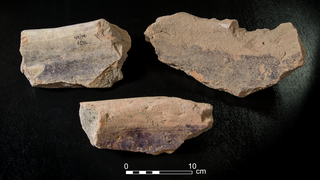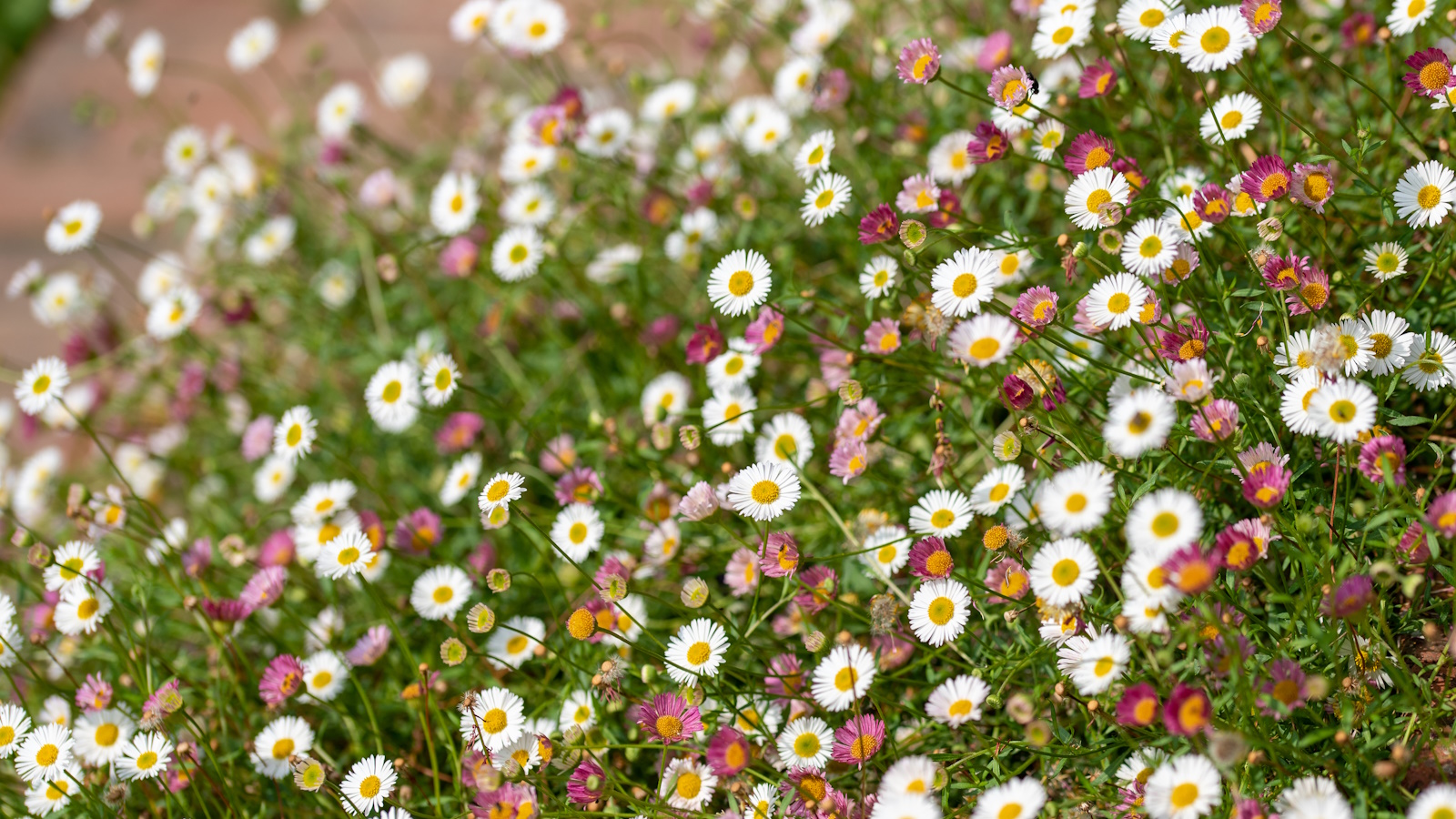Archaeologists have uncovered a rare ancient dye workshop along the coast of Haifa, revealing tools and production facilities used to manufacture luxury purple dye during the Iron Age, between 1100 and 600 B.C.—a period that partly overlaps with the era of the First Temple in Jerusalem .
The discovery, made at Tel Shikmona, includes large ceramic basins stained with dye, grinding stones and other tools used in the dyeing process. The findings, led by researchers from the University of Haifa, were published Wednesday in the journal PLOS One . 4 View gallery ( Photo: Michael Eisenberg ) Researchers said the artifacts allow them to reconstruct the stages of dye production and understand how workshops at the site operated over a span of about 500 years.

“This is the first time we can reconstruct the shape of the vessels used in the purple dye industry and how they were employed in the manufacturing and dyeing processes,” said Dr. Golan Shalvi, who led the study on behalf of the Zinman Institute of Archaeology at the University of Haifa and the University of Chicago. He conducted the research with Prof.
Ayelet Gilboa of the University of Haifa. Tel Shikmona was one of the most significant centers for the production of purple dye—a rare and costly pigment associated with royalty, nobility and temples throughout the ancient Levant. Previous research by Shalvi and Gilboa concluded that the site operated as a major purple dye production hub under the Kingdom of Israel during the Omride and Jehu dynasties and was likely the largest of its kind in the region.
4 View gallery ( Photo: Michael Eisenberg ) Earlier studies suggested the dye was produced at the site on a commercial scale and exported to neighboring kingdoms. It may have also been used to dye fabrics for the Temple in Jerusalem. The latest findings include dozens of large ceramic vats likely used to extract dye and color yarn or wool fleeces.
Reconstructions show the vessels stood about one meter (3.3 feet) tall, with a capacity of approximately 350 liters (92 gallons) and diameters ranging from 60 to 80 centimeters (24 to 31 inches)—large enough to dye entire wool fleeces. Researchers said the dimensions and consistency of the basins indicate an efficient and continuous production process, pointing to an industrial-level operation.
At least 16 vats were used concurrently during certain periods, they said. 4 View gallery Schematic plan of Stratum 11 with spatial distribution of finds related to purple-dye production ( Illustration: Sapir Haad ) “For the first time, we have identified a complete production system in which significant quantities of purple dye were produced using specialized tools designed to streamline the process,” Gilboa said. “The scale of the operation confirms that Shikmona was an extraordinary production center for its time.
” Comparative analysis with other regional sites—such as Tel Dor, Tel Kabri and Sarafand in southern Lebanon—revealed similar production techniques. However, Tel Shikmona provided the earliest and most comprehensive evidence of purple dye manufacturing during the Iron Age, highlighting its importance as a central production site. 4 View gallery ( Illustration: Sapir Haad ) “This discovery is not merely a technical matter related to production,” Shalvi said.
“It offers insight into the scale of the industry, the extent of luxury goods trade and the economic initiative that turned the Kingdom of Israel into a significant regional power. It also helps contextualize biblical narratives describing the kingdom’s strength during this period.” Get the Ynetnews app on your smartphone: Google Play : https://bit.
ly/4eJ37pE | Apple App Store : https://bit.ly/3ZL7iNv The study was part of the “Tel Shikmona Publication Project,” funded by the Shelby White and Leon Levy Foundation, the Haifa Municipality, the Hecht Foundation, the Israel Science Foundation, the Zinman Institute of Archaeology at the University of Haifa and the Fulbright Program for Foreign Students. Co-authors included researchers from the University of Haifa, University of Chicago, Israel Antiquities Authority, Tel Aviv University, University of California San Diego, Bar-Ilan University and Beit Berl College.
>.
Environment

Massive ancient purple dye workshop in Haifa offers glimpse into Biblical-era industry

Researchers at Tel Shikmona uncover tools and vats used to produce luxury dye during Iron Age, revealing large-scale industry linked to Kingdom of Israel and possibly the First Temple in Jerusalem














